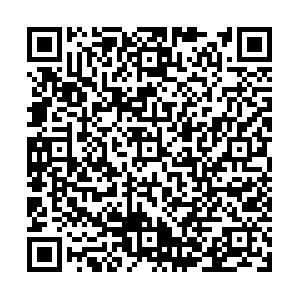Abstract:
Objective To study the situation of overweight and obesity and explore the relationship between cardio-ankle vascular index (CAVI) and blood pressure with age and body mass index (BMI) in health examination population, analyzing the significance of BMI in the evaluation of arteriosclerosis and hypertension.
Methods To choose the 941 health examination people at the Health Examination Center from the First Affiliated Hospital of Anhui Medical University between February, 2013 and July, 2013, to calculate their BMI by measuring the height and weight of this 941 health examination people and detect CAVI and blood pressure by using arteriosclerosis detector, analysis the indexes above by using analysis of variance and Logistic analysis, then do an evaluation according to the results.
Results (1) In these cases, the situation of overweight and obesity is serious, the rate of overweight is 42. 3% (398 cases) and the rate of obesity is 14. 3% (135 cases). (2) Systolic blood pressure in some age groups (41-70 age group) increased (
P < 0. 01), diastolic blood pressure in some age groups (18-50 age group) increased (
P < 0. 05) along with age increasing in these cases. (3) CAVI increased significantly in all age groups along with age increasing in these cases. (4) Among these people, CAVI decreased along with BMI increasing in some age groups (31-50 age group),
P < 0. 05. (5) Both systolic blood pressure and diastolic blood pressure increased significantly in most of these age groups (18-60 age group) along with the BMI increasing (
P < 0. 05). (6) Multiple factors analysis shows that CAVI presents a positive relationship with age and blood pressure (
P < 0. 05), but has no relationship with BMI (
P > 0. 05).
Conclusion The situation of overweight and obesity is serious; age has a certain influence on blood pressure, but presents a positive relationship with CAVI; BMI presents a positive relationship with blood pressure, but has no relationship with CAVI; BMI could not accurately reflect the situation of arteriosclerosis.

 点击查看大图
点击查看大图



 下载:
下载:
